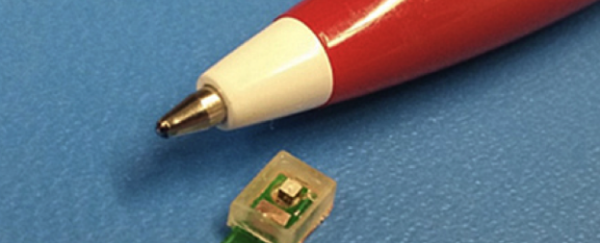This wireless technology could revolutionise the monitoring and treatment of patients.
Having miniature electronic monitors inside your body is all well and good until the battery dies. This has been a major obstacle to designing devices that can be planted deep inside body tissue to monitor illness, deliver drugs and relieve pain.
But scientists from Stanford University in the US have now devised an ingenious solution to this problem. Using a piezoelectric material, which generates electricity when it is placed under pressure, the scientists created a self-charging battery that uses ultrasound waves to generate power.
Piezoelectric materials create a small electrical charge when they are compressed and decompressed. Sound waves deliver power by compressing the piezoelectric material on a microscopic scale a million times a second and generating electricity.
As the power generated by the sound waves is tiny, the prototype designed by the scientists needed to be small, around a millimetre in size. The idea is that the chip will one day be able to perform a task within the body and then report back to an external receiver using a built-in radio antenna.
Sources: Gizmodo
